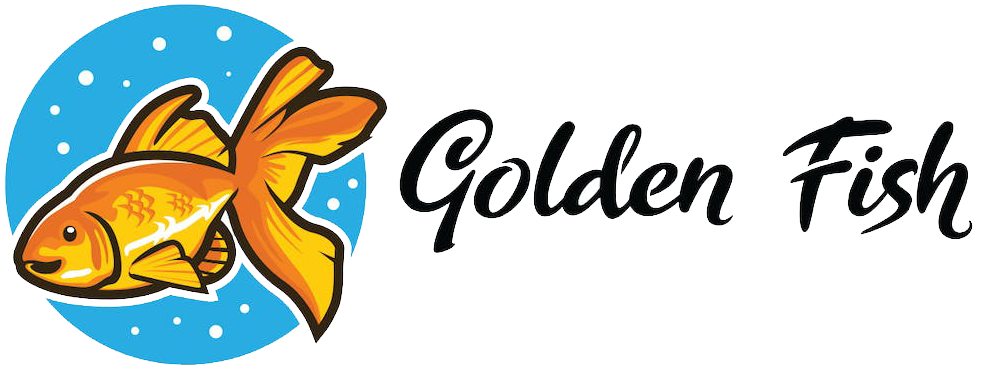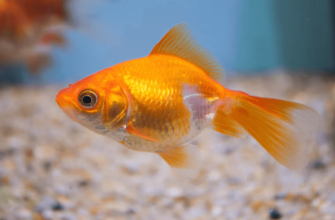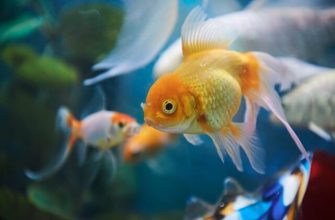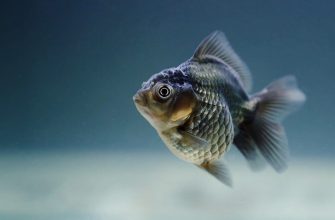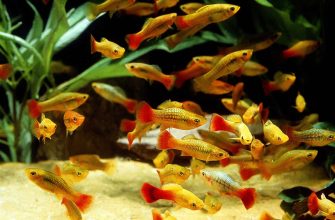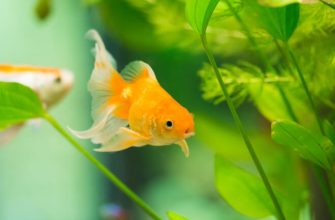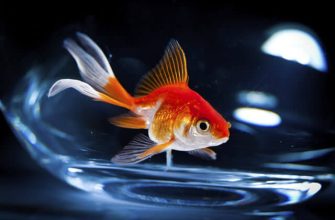Goldfish are one of the most popular freshwater aquarium fish, but they have specific care requirements when it comes to their water. Goldfish originate from Asia and are a domesticated version of carp. They were first selectively bred in ancient China for their color mutations. Today, there are over 125 varieties of goldfish in a rainbow of colors and body shapes.
While they may look delicate, goldfish are quite hardy when given proper care. However, they have high bio loads and require strong filtration, frequent water changes, and specific water parameters. Providing goldfish with appropriate aquarium water is critical for their health and longevity. This article will outline the key aspects of goldfish water care.
Water Temperature
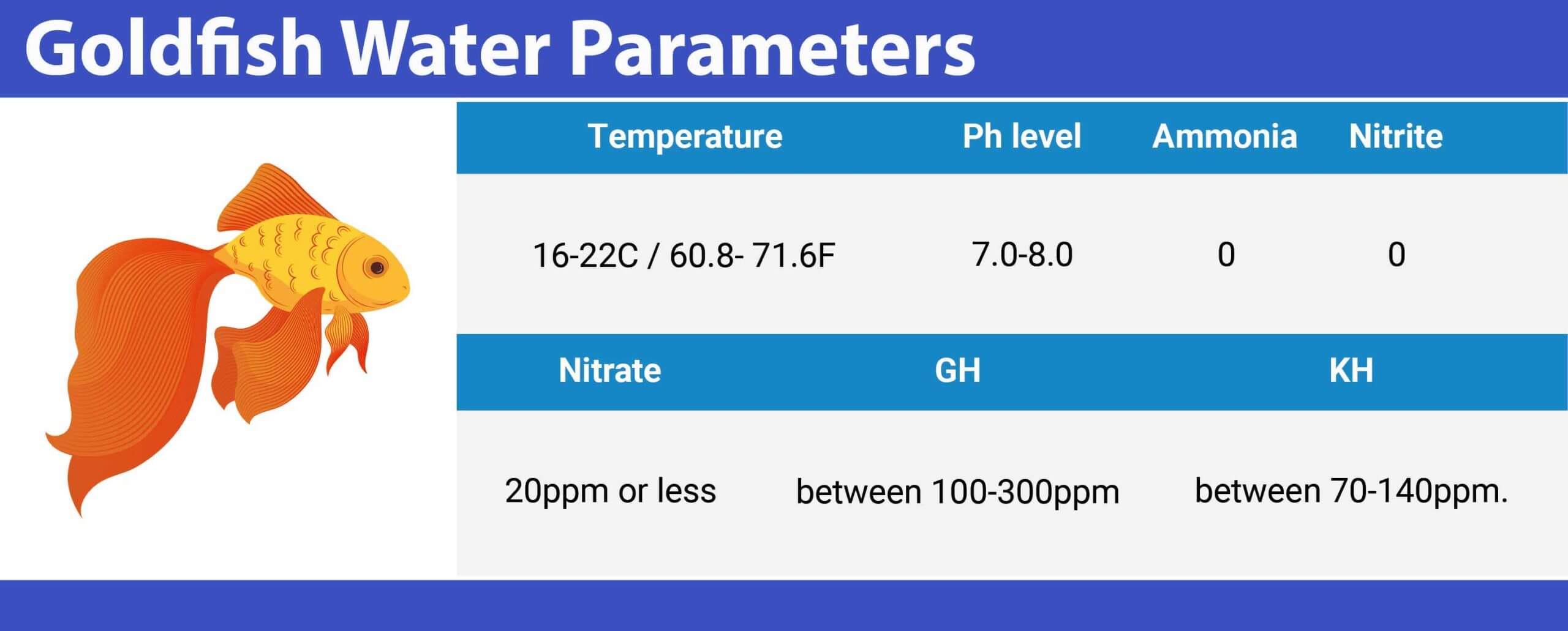
The ideal water temperature range for goldfish is between 65-75°F (18-24°C). Temperatures below 65°F can slow a goldfish’s metabolism and weaken its immune system, while prolonged exposure to temperatures above 75°F can be stressful and lead to disease.
Water that is too cold can cause lethargy, lack of appetite, and increased susceptibility to fungal infections in goldfish. Prolonged cold temperatures may even put goldfish into a state of semi-hibernation where they become very inactive. On the other hand, water that is too warm speeds up a goldfish’s metabolism and reduces oxygen levels, creating a stressful environment. Warm water also enables the rapid growth of harmful bacteria and parasites. Signs of heat stress include rapid breathing, lethargy, loss of appetite, reddening of the gills and fins, and flashing against objects.
Keeping the water temperature within the ideal 65-75°F range will allow goldfish to remain active and healthy. Strategies like using a reliable heater and monitoring water temperature regularly help maintain a stable environment. With the proper temperature, goldfish can thrive.
pH Level
Goldfish thrive in water with a pH between 6.5 and 8, according to the Goldfish Care Sheet from Pet Advocacy. The ideal pH range is 7-8, as recommended by experts on the Fishlore aquarium forum and Quora.
If the pH rises above 8, the water becomes too alkaline, which can irritate a goldfish’s gills and skin. Prolonged exposure to high pH can also cause more serious health issues like fin rot, bacterial infections, and death. On the other hand, a pH below 6.5 makes the water too acidic, which can burn a goldfish’s sensitive slime coat and compromise their immune system. Drastic pH swings in either direction can shock a goldfish’s system and should be avoided.
To maintain an optimal pH, test the water frequently and use pH buffers as needed. Natural driftwood, almond leaves, and peat moss can also help lower pH in a more gradual, gentle manner. With consistent pH in the ideal range, goldfish can thrive for years in a healthy, stable environment.
Water Hardness

Water hardness refers to the amount of dissolved minerals, such as calcium and magnesium, present in the water. Hard water has a high concentration of these minerals, while soft water has lower levels.
Goldfish do best in moderately hard water. Ideal water hardness for goldfish tanks ranges from 120-150 ppm. Very soft water can lead to health issues in goldfish, as it lacks essential minerals they need. On the other hand, extremely hard water makes it difficult to control pH and can accumulate minerals on tank decor and equipment over time.
When setting up a new goldfish tank, test your tap water hardness. You may need to use filtered or distilled water combined with tap water to achieve the right hardness level. Water softeners should be avoided, as they replace calcium and magnesium with sodium. Regular partial water changes will help replenish minerals and maintain appropriate hardness for healthy goldfish.
Filtration
Filtration is incredibly important for goldfish tanks to maintain water quality. Goldfish are messy fish that produce a lot of waste, so filtration helps remove solid waste, uneaten food, and harmful chemicals like ammonia and nitrates. The three main types of filtration systems for goldfish are mechanical, biological, and chemical.
Mechanical filtration uses filter media like filter floss, sponges, or foam to trap solid particles and debris. This helps remove waste from the water to keep the tank clean. Sponge filters are a popular mechanical filtration choice for goldfish.
Biological filtration supports beneficial bacteria that convert ammonia and nitrites into less harmful nitrates. Media like bio balls, ceramic rings, and biosponge provide surface area for bacteria colonies. Undergravel filters also offer biological filtration.
Chemical filtration adsorbs dissolved organic compounds using activated carbon. This helps remove odors, discoloration, medications, and other contaminants from the water. Many hang-on-back filters include activated carbon cartridges.
Aeration
Proper aeration is crucial for goldfish health and wellbeing. Goldfish require high levels of dissolved oxygen in the water to breathe properly. Without adequate aeration, oxygen levels can drop quickly, leading to respiratory distress.
There are a few options for aerating a goldfish tank:
-
Air pumps and air stones – Air pumps push air through tubing and out air stones, which release bubbles to agitate the surface of the water. This surface agitation allows for gas exchange with the air. Air stones provide the most efficient aeration.
-
Power filters – Hang-on-back and canister filters that create surface movement and ripples can also introduce oxygen. However, filters alone may not provide enough aeration for goldfish.
-
Surface skimmers – Surface skimmers are designed to skim and agitate the top of the water to facilitate gas exchange. They offer supplemental aeration.
Aeration is especially important in heavily stocked goldfish tanks. It’s recommended to use both an air pump with air stone(s) and a high quality filter to maintain oxygen saturation. Monitoring oxygen levels with a test kit can help assess if aeration needs adjustment. Proper aeration allows goldfish to thrive.
Ammonia Levels
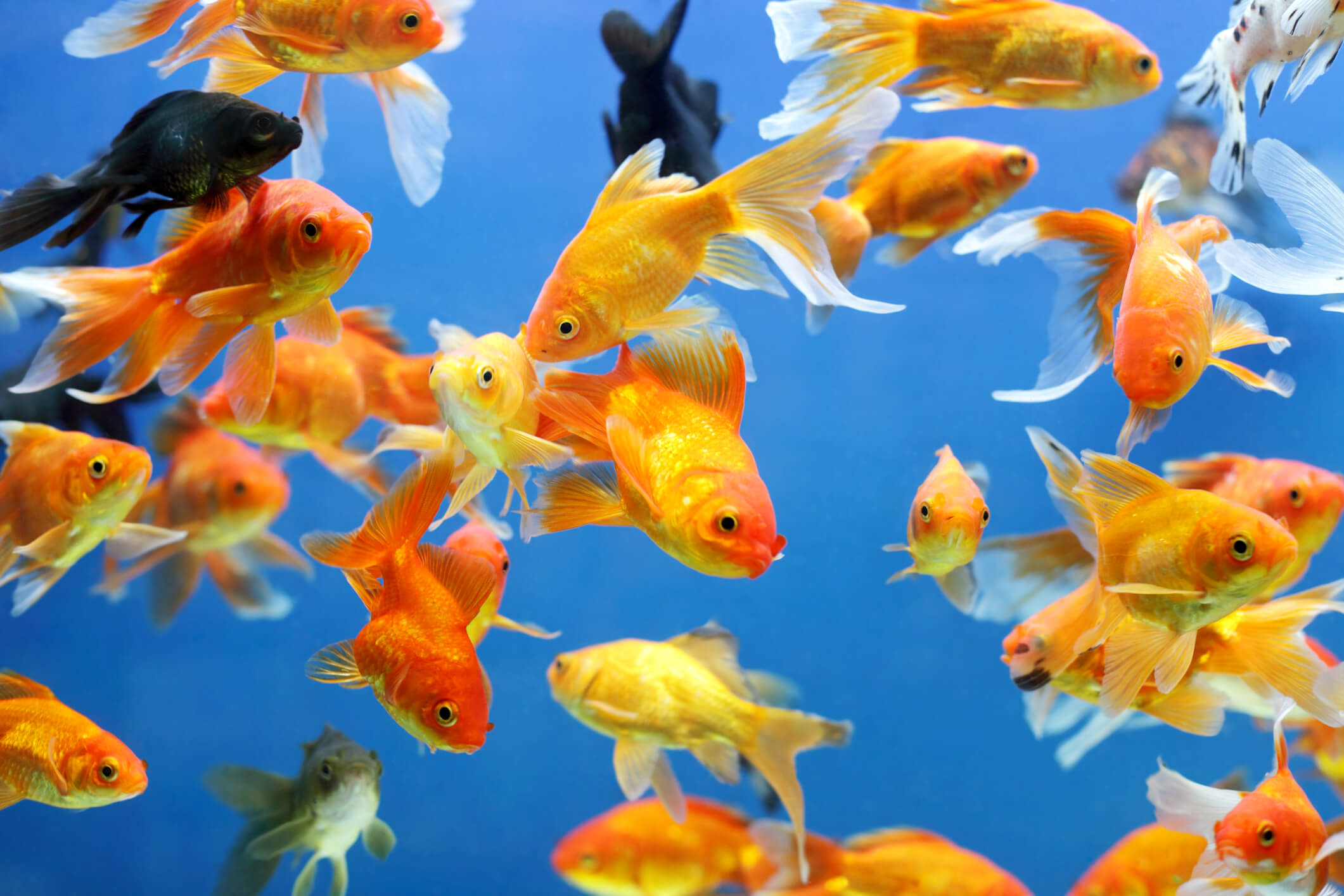
Ammonia is produced from fish waste and uneaten food breaking down in the tank. High ammonia levels are extremely toxic to goldfish and can quickly lead to ammonia burns, fin rot, gill damage, and even death. Ammonia levels should ideally be kept between 0-0.25 ppm in a goldfish tank.
There are a few ways to control ammonia buildup:
-
Perform regular partial water changes to dilute ammonia. 25% weekly is recommended for goldfish.
-
Use a quality filter with biological media to grow beneficial bacteria that convert ammonia into less toxic nitrite and nitrate.
-
Add live plants like anacharis or java fern, which can absorb some ammonia.
-
Use ammonia binding products like Seachem Prime to detoxify ammonia into a less harmful form.
-
Test water parameters frequently and take action if ammonia climbs above 0.25 ppm. Partial water changes can help lower ammonia quickly in an emergency.
Keeping ammonia at safe levels is crucial for goldfish health and preventing dangerous ammonia poisoning. With regular tank maintenance and monitoring, ammonia can be easily controlled.
Nitrate and Nitrite Levels
Nitrates and nitrites should be monitored closely in a goldfish tank, as they can be very harmful to goldfish health if allowed to climb too high.
Nitrite is the more immediately toxic of the two for goldfish. Exposure to nitrite reduces the ability of the blood to carry oxygen, and levels over 1 ppm can be dangerous. Ideal nitrite levels for goldfish are 0 ppm.
Nitrate is less acutely toxic than nitrite, but can still cause long-term health issues if allowed to accumulate. Levels above 40 ppm are generally considered unsafe for freshwater fish. For goldfish, nitrate levels are best kept under 20 ppm.
Regular partial water changes are key to controlling nitrate and nitrite. An ideal goldfish tank will have 0 ppm nitrite and less than 20 ppm nitrate. Careful monitoring and maintenance of biological filtration are also important for keeping these waste compounds at safe levels.
Water Changes
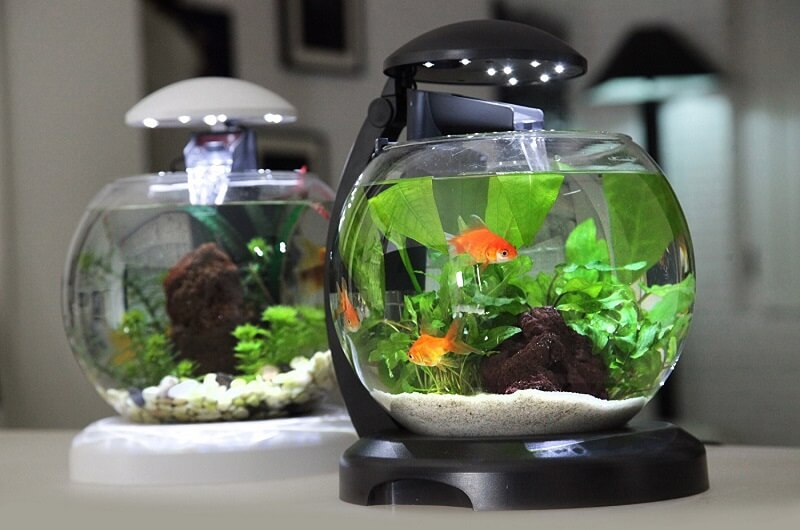
It’s recommended to change goldfish tank water regularly to remove waste and keep water parameters stable. The frequency and amount of water changed depends on tank size, filtration, and stocking level. Smaller tanks and higher stocking levels require more frequent changes.
According to goldfish keepers on Reddit, a good starting point is 50% weekly water changes. For a tank with adequate filtration and stocking, 20-25% every 2 weeks is often sufficient. When changing water, use a gravel vacuum to remove debris from substrate. Replace with dechlorinated water that is the same temperature as the tank to avoid shocking fish. Test water parameters regularly and adjust frequency/amount changed as needed. Partial water changes help replenish minerals and maintain stable, healthy water quality.
Conclusion
To recap, there are several key water quality factors that are essential for keeping goldfish healthy. Goldfish do best in water temperatures between 65-75°F, with a pH between 6.5-7.5 and moderate water hardness of 5-19 dGH. Good filtration and aeration are critical, as goldfish are messy fish that produce a lot of waste. Ammonia and nitrite levels should be kept close to zero, while nitrates should not exceed 20-40 ppm.
Regular partial water changes of 25-50% weekly help remove toxins and keep water parameters in check. By maintaining optimal water quality, goldfish owners can help ensure their fish stay healthy and thrive. The key is sticking to the recommended guidelines for temperature, pH, hardness, filtration, and performing those all-important weekly water changes.
